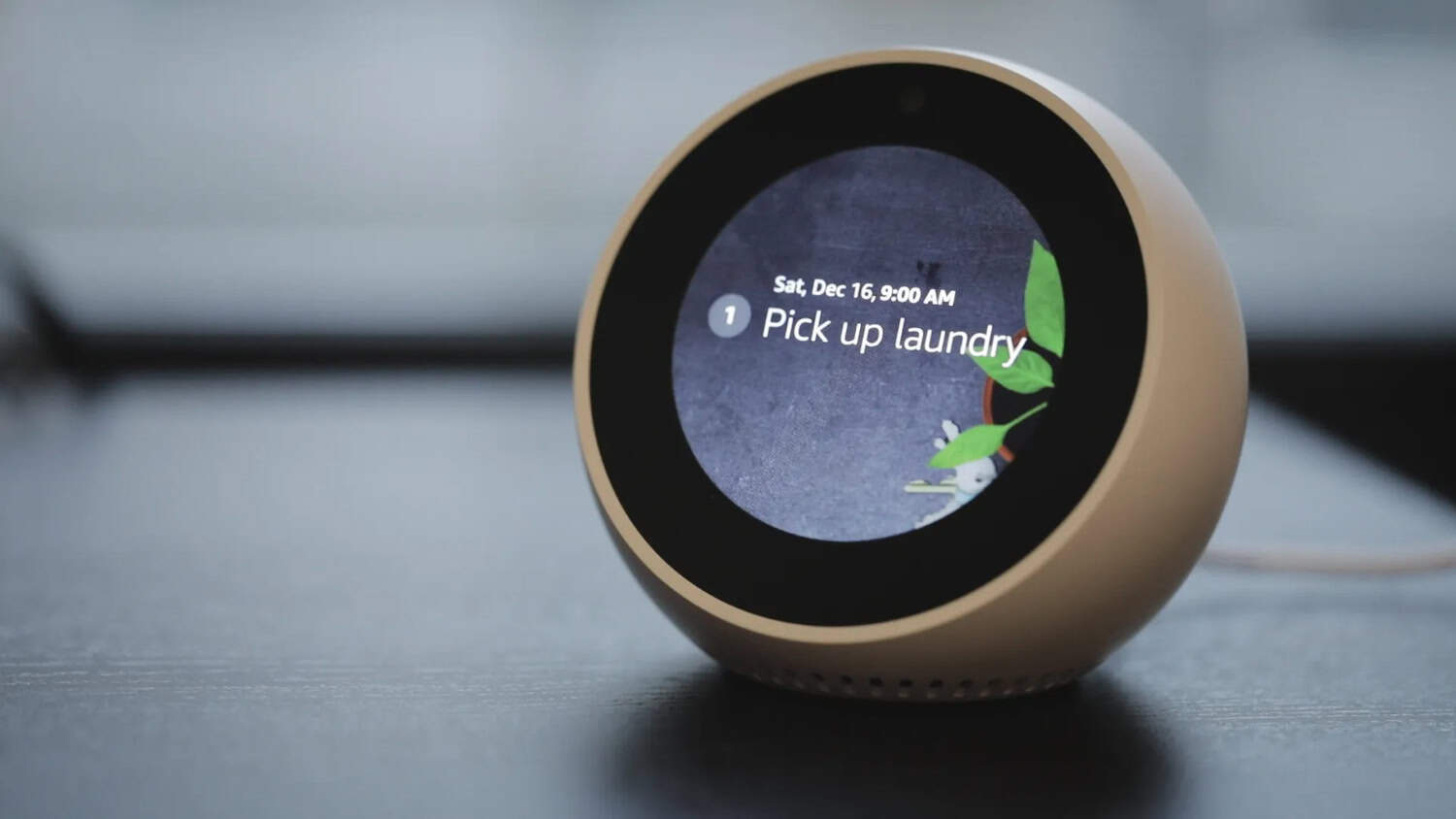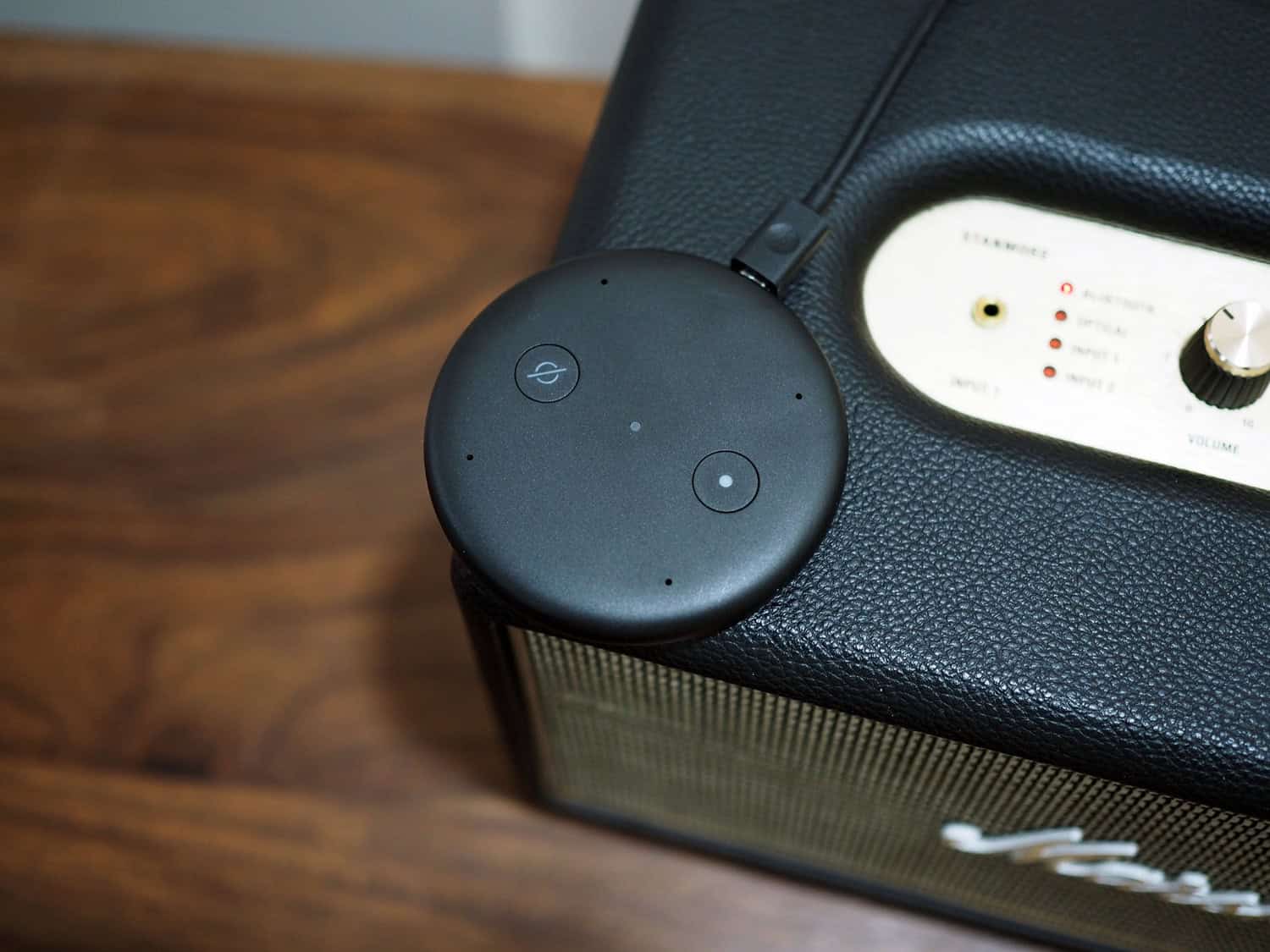Amazon created an enhanced language-capable virtual assistant called Alexa. It is primarily used on Amazon Echo, the foreign language, and other compatible smart devices. Alexa can accurately convert spoken language into text, allowing it to understand user commands and queries. You will be amazed to know what languages Alexa can speak.
English, Spanish, French, German, Italian, Hindi, Japanese, and Portuguese are among the languages that Amazon Alexa can speak. For English, there are American, British, Australian, Canadian, and Indian dialects available. In Spanish, there are American, Mexican, and Spanish dialects available. For French, there are Canadian and French dialects available.
In this article, we will be taking a deep dive into the language capabilities of Alexa. Moreover, we will discuss what the future of Alexa promises to its customers or users. If you are on any other website, you might want to check out this article about how to see Bartleby Answers For Free.
Table of Contents
What is Alexa?
Alexa is a virtual assistant developed by Amazon, one of the world’s most widely used AI-powered voice assistants. It is primarily found on Amazon Echo, the foreign language, but has also been integrated into various intelligent devices from multiple manufacturers.
Check out this guide on how to add channels to Amazon Prime.
Alexa’s main features and uses include:
- Voice Commands and Interaction: Alexa is designed to respond to voice commands, making it a hands-free and convenient way to interact with smart devices and access information.
- Natural Language Understanding (NLU): It can comprehend context, conversational context, and implied meaning, enabling more human-like interactions. You can choose from a ton of options from what languages Alexa can speak in
- Skills and Actions: There are thousands of skills available, covering a wide range of services, from playing games and controlling smart home devices to accessing news, recipes, and more.
- Alexa can connect to and manage various smart home gadgets, including lighting, thermostats, door locks, cameras, etc. Users of suitable devices can effectively operate their intelligent homes via voice commands.
- Information Retrieval: Alexa can access a vast amount of information from the web, providing answers to general knowledge questions, weather forecasts, sports scores, stock prices, and more.
- Alexa can play music, podcasts, audiobooks, and radio stations from various streaming providers, including Amazon Music, Spotify, Pandora, and more.
- Reminders and Alarms: Alexa can set reminders, alarms, timers, and calendar events, helping users stay organized and on schedule.
How does Alexa Work?
Here’s a -by-explanation of how this process works:
- Speech Recognition: The interaction with Alexa starts with the user speaking a command or question. The audio input from the user’s voice is sent to Amazon’s servers for speech recognition.
- Tokenization: The transcribed text is divided into individual words or tokens. Each token stands for a distinct meaning unit, such as a word or a punctuation mark.
- Natural Language Understanding (NLU): Once the text is tokenized, it goes through the NLU component of Alexa. NLU is responsible for interpreting the user’s intent and extracting relevant information from the text.
- Intent Recognition: If the user says, “What’s the weather like today?” Alexa’s NLU will recognize the intent as “Get Weather” and extract the relevant information (in this case, “today”) for processing.
- Contextual Understanding: It remembers previous user inputs, so it can understand pronouns like “it” or “that” when referring to something mentioned earlier.
- Skill Activation: If the user’s request matches one of the built-in capabilities of Alexa or an enabled third-party skill, the corresponding skill is activated to handle the request.
- Skill Execution and Response: The activated skill processes the user’s request and generates an appropriate response. This could involve querying a web service, accessing a database, or performing a predefined action.
- Speech Synthesis: The audio is then played through the speaker on the user’s device, and the user hears Alexa’s response to their query.
Click here for a list of Alexa Radio Stations you can listen to.
Languages Alexa can Speak
As of the current year 2024, let’s see what languages Alexa can speak:
- English (U.S.): Alexa’s primary language is English (U.S.), and it has the most comprehensive set of features and skills available in this language.
- English (U.K.): Alexa is also available in English for users in the United Kingdom, offering localized features and content.
- English (Canada): Canadian English is supported by Alexa, providing users with tailored experiences relevant to Canada.
- English (Australia and New Zealand): Alexa is available in English for users in Australia and New Zealand.
- German (Germany): Alexa offers German language support for users in Germany, with localized skills and content.
- Japanese (Japan): Japanese-speaking users can interact with Alexa in their native language.
- French (France): Alexa supports the French language for users in France, providing region-specific capabilities.
- French (Canada): Alexa supports Canadian French for users in Canada.
- Spanish (Spain): Alexa offers Spanish language support for users in Spain, with region-specific features.
- Spanish (Mexico): Mexican Spanish is also available on Alexa for users in Mexico.
- Italian (Italy): Alexa supports Italian users in Italy, providing localized experiences.
- Portuguese (Brazil): Alexa supports Brazilian Portuguese for users in Brazil.
- Hindi (India): Alexa has added support for Hindi, catering to users in India who prefer to interact in their native language.
So, these were some of the Alexa languages.
Significant Regional Variations of English that Alexa Supports
- English (U.S.): This is the primary version of English for Alexa, with the most comprehensive set of features and skills.
- English (U.K.): Alexa can understand and respond in British English, offering region-specific capabilities and content.
- English (Canada): Alexa also supports Canadian English, providing users in Canada with a localized experience.
- English (Australia): Australian English is another regional variation Alexa supports for users in Australia.
- English (India): Alexa has added support for Indian English, catering to users in India who prefer to interact in their local dialect.
- English (New Zealand): Alexa understands and responds in New Zealand English, tailored for users in New Zealand.
It is truly a wonder how many languages Alexa speaks.
How to change Alexa’s language
Here’s a general -by- guide to changing the language settings on Alexa:
- Open the Alexa App: Start by opening the Alexa app on your smartphone or tablet. Sign in with the Amazon account associated with your Alexa-enabled device.
- Access Settings: Tap the menu icon (three horizontal lines) in the app’s top-left corner to access the main menu.
- Choose Your Device: From the main menu, select “Devices.” Choose the specific Alexa-enabled device you want to change the language settings.
- Device Settings: After selecting your device, tap “Settings,” located at the top-right corner of the device’s page.
- Language Settings: Look for the “Language” or “Language Settings” option within the device settings page. The exact wording may vary based on the app version and the device model.
- Select New Language: Tap the “Language” option to access a list of Alexa-supported languages. Choose the desired language from the list.
- Confirm and Save: Once you’ve selected the new language, the app will prompt you to confirm the change. Review the selected language and make sure it’s the one you want. Tap “Save” or “Confirm” to apply the language change to your Alexa-enabled device.
- Wait for the Update: Alexa will now update its language settings, which might take a moment or two. Your device will download any necessary language files and apply the changes.
- Test the New Language: After the Update is complete, test Alexa using voice commands in the new language to ensure the change was successful.
You might also be interested in changing languages on other platforms. Check out How To Change Language On WhatsApp [Full Guide]
Challenges and Limitations of Alexa’s Multilingual Abilities
Here are some of the limitations that are present:
- Limited Contextual Understanding: While Alexa can maintain some contextual understanding during a conversation, it could better grasp complex, multi-turn conversations.
- Language Support: Although Alexa supports multiple languages, the range of languages available may not cover all languages spoken worldwide.
- Regional Language Variations: While Alexa supports regional variations of languages like English (U.S., UK, Canada, Australia, India), it may need to be more robust in understanding all regional accents and pronunciations.
- Ambiguous Requests: Alexa can sometimes misinterpret vague requests or queries, leading to incorrect responses or confusion.
- Domain-Specific Limitations: Alexa’s knowledge is based on the information in its databases and supported Skills.
- Difficulty with Complex Queries: It may still need help with complex queries that require in-depth reasoning or knowledge across multiple domains.
Here’s how accents and dialects can affect Alexa’s performance:
- Speech Recognition: If the accent significantly differs from the accent used during the system’s training, Alexa may struggle to transcribe spoken words accurately.
- Phonetic Differences: Different accents may use distinct phonetic sounds for specific words, making it challenging for Alexa to match the spoken sounds to the corresponding words in its language model.
- Regional Vocabulary: If Alexa is unfamiliar with these terms, it may need help understanding user commands or questions that include restricted vocabulary.
- Intonation and Stress: If one does not tune Alexa to recognize these variations, it may misunderstand the intended meaning of a sentence.
- Regional Variations in Skills: If a user with a different accent tries to use a skill designed for another region, the talent may not respond as expected.
See also: How To Use Anki For Language Learning? [Complete Guide]
The Future of Alexa and Multilingual Support
Some potential plans for future language support in Alexa could include the following:
- Additional Regional Variations: Amazon may add support for more regional variations of existing languages. This could include further fine-tuning Alexa’s language models to understand specific regional accents and dialects better.
- Support for New Languages: Amazon may introduce entirely new languages, making Alexa accessible to speakers of languages it did not previously support. It will add to what languages Alexa can speak.
- Emerging Market Language Support: As smart devices become more prevalent in emerging markets, Amazon may focus on supporting languages spoken in those regions to capture new user bases.
- Multilingual Support: Amazon could enhance Alexa’s capabilities to understand and respond in multiple languages within a single conversation. This would be especially useful for multilingual households and users switching languages.
- Improved Contextual Understanding: Amazon might improve Alexa’s ability to understand the context of conversations, making interactions more natural and fluid across different languages and scenarios.
- Language Adaptation and Personalization: Amazon may invest in technologies that allow Alexa to adapt to individual users’ language usage and preferences, leading to more accurate responses and a more personalized experience.
- Custom Language Models: Developers and users might be provided tools to create custom language models for Alexa, enabling support for niche languages or specialized vocabularies.
See also: How To Stream Amazon Prime On Discord In Few Steps | 2024
FAQs
Can Alexa understand conversations in many languages at once?
In a single discussion, your Alexa device may understand and answer in various languages if it has the Multilingual Mode feature. Multilingual homes will find this especially helpful.
Is language support for Alexa constant between devices?
Depending on the particular Alexa-enabled device and the area you're in, other languages may be supported. Expanded language options are more likely to be included with newer hardware and software updates.
Can Alexa translate words between languages for me?
Despite Alexa's ability to understand and reply in many different languages, specialized translation services might not be available. It is more concerned with comprehending the context of the discourse and appropriately responding to it.
Can I use a language that isn't on the list of supported languages for Alexa?
You might not be able to utilize Alexa for complete interactions if your favorite language is not among those that she supports. The features of Alexa are created around the languages that Amazon officially supports.
How can I find out if Alexa is available in my area in a particular language?
Checking the official Amazon Alexa website or app is the best method to find out which languages are supported for your country and device. They frequently offer the most recent information.
Conclusion
In conclusion, Alexa is an advanced virtual assistant developed by Amazon that can process and understand language through sophisticated natural language processing (NLP) and machine learning techniques. We discussed What languages Alexa can speak. Its language capabilities include speech recognition, natural language understanding, and voice interaction.
Amazon echoes other languages and can understand and respond to multiple languages, including regional variations of English. However, accents and dialects may affect language understanding, leading to potential speech recognition errors and difficulty interpreting specific restricted vocabulary or intonation patterns.
While Alexa’s language capabilities have improved significantly, it still has limitations. However, Amazon continually works on improving language support and addressing these limitations to provide a more inclusive and accurate user experience.

Freelancer Michael Franco writes about the serious and silly sides of science and technology for CNET and other pixel and paper pubs.





